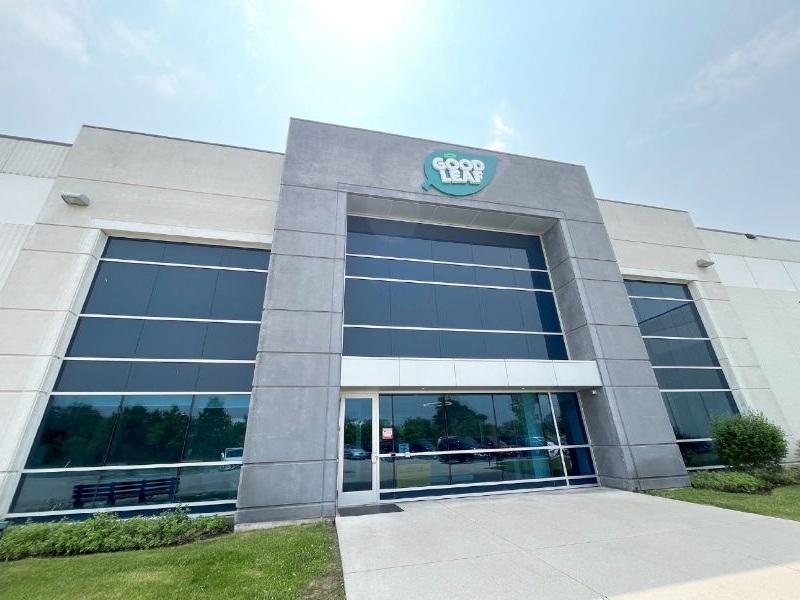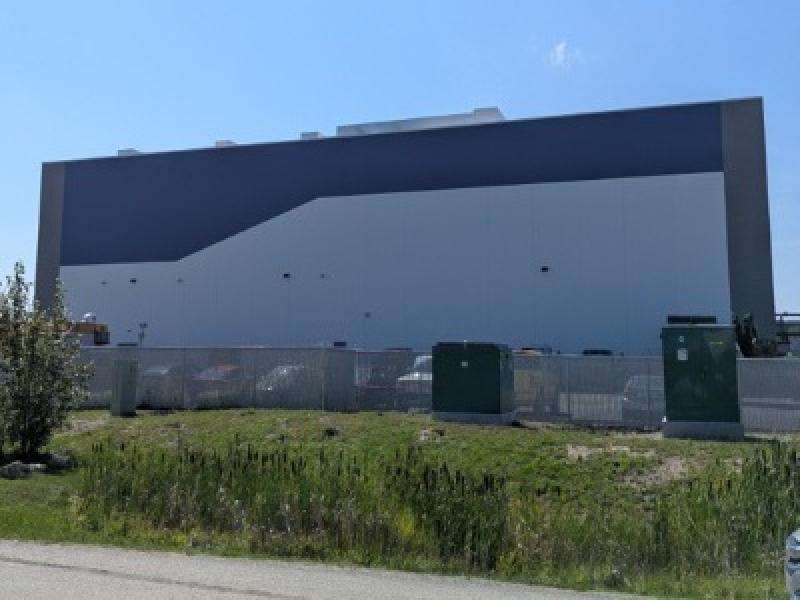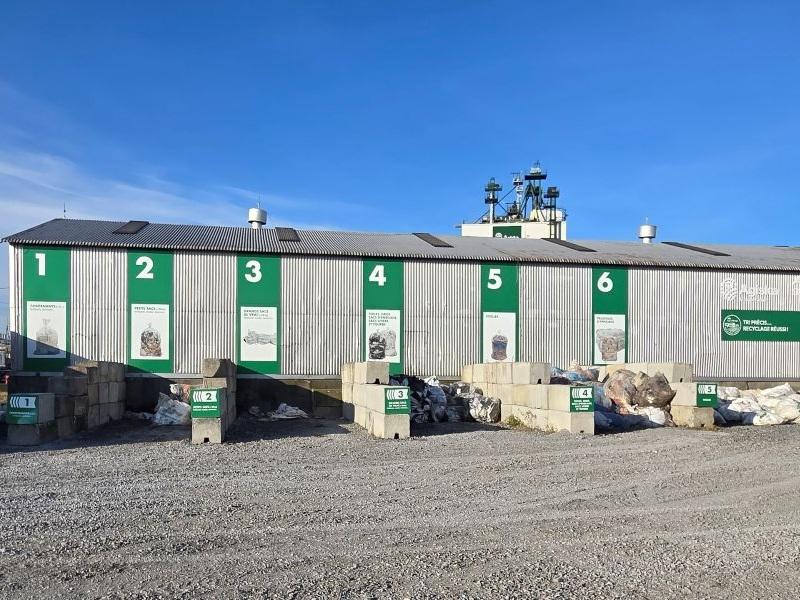Last year temperatures were the hottest on record, by a wide margin. According to the experts, it was a combination of El Niño and human activity.
You only have to step out the door just about anywhere across Canada this summer to appreciate 2016 is out to give 2015 a run for its money.
Debate how you will the causes, contributors and the likelihood we can do anything about it, but the science on this appears to be very conclusive – global warming is a thing, not a myth.
I won’t get mired in the climate change argument, but instead, focus on its impact on real estate development and facilities management.
Public perceptions, public policy have shifted
Record-setting global temperatures add to the argument that we just can’t continue to do things as we always have. The often used quote from Einstein applies here: “Insanity: Doing the same thing over and over again and expecting different results.” Out of necessity, change in our behaviour is mandatory. Public policy is certainly take big strides in this direction. Last December, Canada signed on with a 200-country agreement for new carbon reduction targets. By 2070, the world will have had to reduce carbon emissions to practically zero to meet these targets. Even if that proves impractical, there’s going to be a lot of effort to try.
The federal Liberals have made commitments that will likely lead to public dollars to spur R&D related to fighting climate change. Most of Canada’s provinces and territories are on the same page. Transit investment and urban densification programs continue to unfold across Canada, in cities large and small. The aim is invariably to take cars off the road and build more green buildings.
As I wrote in my last post, the push for sustainability in the commercial real estate industry is nothing new. We have industry organizations like the Continental Automated Buildings Association (CABA) and standards for sustainability like Leadership in Energy and Environmental Design (LEED) and BOMA BEST.
Green certification does make good business sense
What’s changing fast is the perception about the dollar and cents value of being green.
Not so long ago, reaching for a green standard was trendy, novel, a great way to provide fresh grist for a landlord’s PR and marketing machine. But in terms of true bottom line ROI, the hard numbers were hard to come by. I remember not so long ago being asked if being green increased property value. I couldn’t say. All I could say was that it did tend to drive up the capital costs of construction or retrofit, which the building owner would then hope to recoup over the years through reduced operating (read “lower energy”) costs.
But last fall, Maastricht University in The Netherlands and Canada’s University of Guelph released the results of a ground-breaking study of Bentall Kennedy’s North American office portfolio of almost 300 buildings, totaling 58 million square feet.
The study’s authors set out to answer the question – does a building with a green certification outperform similar non-green buildings in terms of rental rates, occupancy levels, tenant satisfaction scores, and the probability of lease renewals?
The answer was yes.
You can read the study release here, but the results were in favour of green across the board. For example:
— Net effective rents averaged 3.7 per cent higher in LEED-certified properties in the U.S. than in similar non-certified buildings.
— Rent concessions for LEED and BOMA BEST buildings in Canada are on average four per cent lower than in similar non-certified buildings.
— Occupancy rates were 18.7 percent higher in Canadian buildings having both LEED and BOMA BEST certification, and 9.5 percent higher in U.S. buildings with ENERGY STAR certification.
— Tenant renewal rates were 5.6 percent higher in Canadian buildings with BOMA BEST Level 3 certification than in buildings with no BOMA BEST certification.
And let’s not forget what those certifications are supposed to achieve in the first place – energy consumption per square foot was up to 14 percent lower.
So we have government policy committed to the green agenda, we have weather patterns that are putting the global warming issue top of mind with the public, and we now have hard data that demonstrates there is also a solid business case to be made for sustainability in commercial real estate.
All that adds up to an inevitable shift in public attitudes and market behaviour. If you think this unlikely, remember that not too long ago it was accepted social behaviour to smoke in someone else’s house. Or consider how the war against acid rain and sulfur dioxide emissions began with increased awareness of the issue in the ’80s.
The growth of the red building graveyard
Add that up and the buildings that don’t meet a standard for green certification are doomed to become lame ducks, considered sub-standard and undesirable. This will of course undermine their market value.
So, here I am about to create a new industry term for all those non-green buildings … wait for it … the red-building. Why red? Because it’s opposite green on a standard colour wheel. It’s also the colour for alerts and warnings.
What do we do with a growing stock of red-buildings? Owners must take a hard look at their portfolios to rationalize the costs versus benefits of retrofits before shifting marketing preferences leave them without the cash flow for such work. Some red-buildings can of course live on as Class C, to serve the cost-conscious end of the market. But as green certification becomes the norm and not the exception, and benchmarks for sustainability continue to rise, a growing number of these red-buildings will simply become unrentable and quickly reach the end of their useful lives.
To discuss this or any other valuation topic in the context of your property, please contact me at jclark@regionalgroup.com. I am also interested in your feedback and suggestions for future articles.







